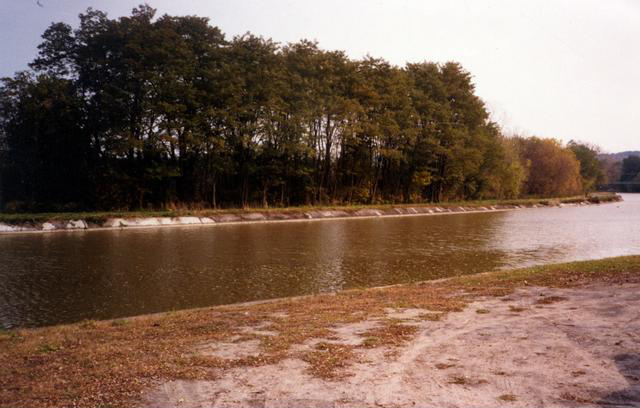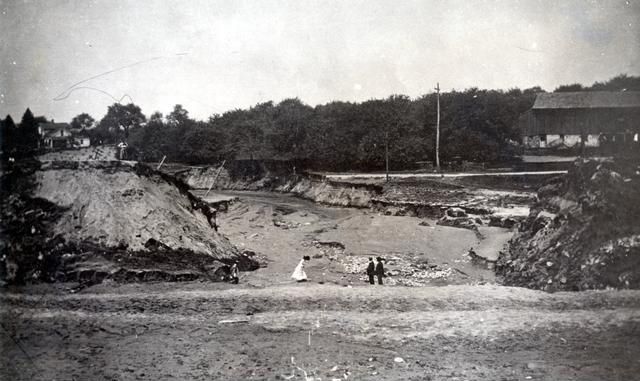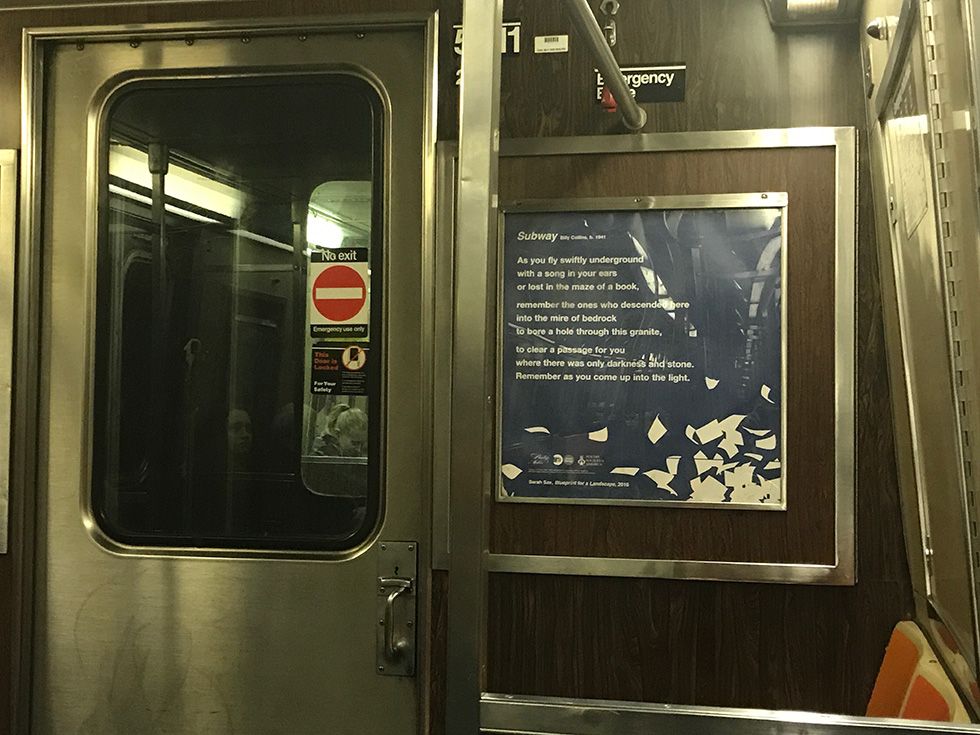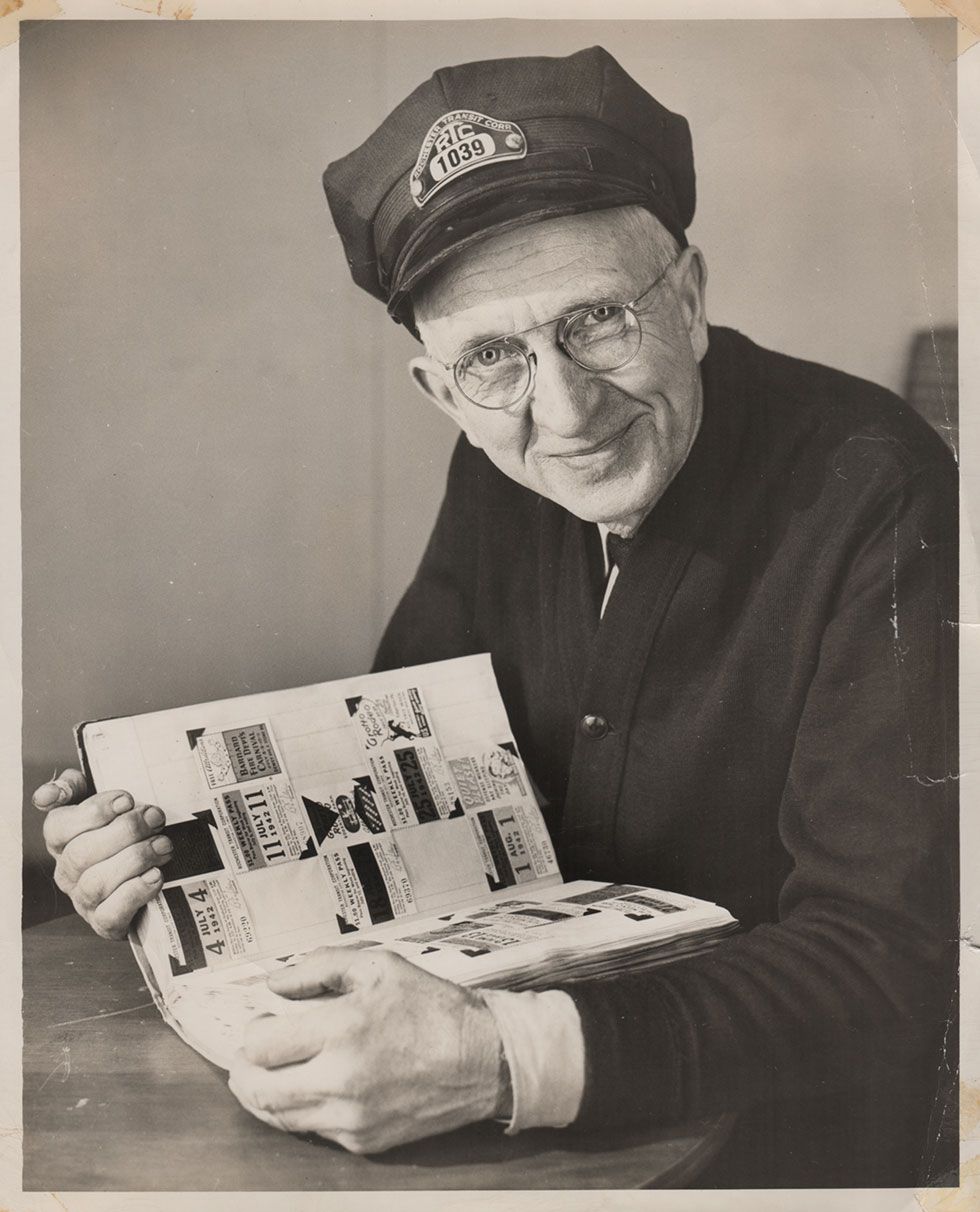This article was scraped from Rochester Subway. This is a blog about Rochester history and urbanism has not been published since 2017. The current owners are now publishing link spam which made me want to preserve this history.. The original article was published December 09, 2014 and can be found here.
![Looking north through the gap in the north wall of newly completed Barge Canal. A break occurred at Bushnell's Basin on May 19, 1911. [PHOTO: Perinton Municipal Historian collection]](https://senseofplace.dev/content/images/photos/rochester-erie-canal-break-04.jpg)
On May 19, 1911, a 150 foot long break occurred in the wall of the New York State Barge Canal at Bushnell's Basin. Construction on this section of canal had just been completed eight days earlier.
According to an article in the Monroe County Mail, it was a canal worker, John McCarthy, who at 4pm discovered water pouring through a narrow crack in the canal bank...
![According to an article in the Monroe County Mail, the canal break washed away a house, a barn and many orchard trees. [PHOTO: Perinton Municipal Historian collection]](https://senseofplace.dev/content/images/photos/rochester-erie-canal-break-10.gif)
Perhaps not comprehending the gravity of the situation, John gathered some planks and shovel to try and patch the breach. But before a repair could be made, the break widened and John's tools were washed away in a rush of water that would quickly carve out a 30 foot deep channel, draining a 3-mile long section of the canal into Irondequoit creek.
In addition to a house, a barn and many orchard trees being swept away, the supporting bank of the Rochester, Syracuse & Eastern trolley line was also washed away in the flood. 500 feet of track were left suspended in mid-air. A load of passengers on the 5pm trolley were narrowly spared thanks to their motorman who was able to apply the breaks and stop the car just in time. The article does not mention what happened to John, but I assume he lived to tell the story to the newspaper reporter.
This break was attributed to the fill that was used along the edge of the canal. Apparently it was too soft to hold up to the massive water pressure. But this would not be the last incident. Another major break would soon take place in the same vicinity.
![In September of 1912 another break occurred at Bushnell's Basin during work to widen the canal. Printed in Rochester Herald October 4, 1912. [PHOTO: Perinton Municipal Historian collection]](https://senseofplace.dev/content/images/photos/rochester-erie-canal-break-03.jpg)
In September of 1912 another break occurred at Bushnell's Basin during work to widen the canal. The reconstruction work led to the collapse of the culvert that was built under the canal to allow Irondequoit Creek to pass through. This canal break released thousands of gallons of water leaving mud and giant concrete slabs strewn about the area. In the photo above, several people can be seen inspecting the damage.
![This view is looking east along the canal bed. The bridge over Marsh Road is visible in the distance. [PHOTO: Perinton Municipal Historian collection]](https://senseofplace.dev/content/images/photos/rochester-erie-canal-break-05.jpg)
This view is looking east along the canal bed. The bridge over Marsh Road is visible in the distance.

Here's the same view as in the previous photo, taken in 1986.
![Here, men are rebuilding the big flume where the break occurred. Printed in Rochester Herald October 4, 1912. [PHOTO: Albert R. Stone]](https://senseofplace.dev/content/images/photos/rochester-erie-canal-break-06.jpg)
Here, men are rebuilding the big flume where the break occurred.
![Another view looking inside the flume. [PHOTO: Albert R. Stone]](https://senseofplace.dev/content/images/photos/rochester-erie-canal-break-07.jpg)
Another view looking inside the flume.
![Another view looking inside the flume. [PHOTO: Albert R. Stone]](https://senseofplace.dev/content/images/photos/rochester-erie-canal-break-08.jpg)
But wait, there's more...
![On October 29, 1974 the bottom fell out (literally) while a new sewer tunnel was being built underneath the canal, again, at Bushnell's Basin. [PHOTO: Perinton Municipal Historian collection]](https://senseofplace.dev/content/images/photos/rochester-erie-canal-break-01.jpg)
On October 29, 1974 the bottom fell out (literally) while a new sewer tunnel was being built underneath the canal, again, at Bushnell's Basin. An estimated 200 million gallons of water spilled out in a burst some likened to Niagara Falls. The Marsh Road bridge is in the distance.
![This view shows the water pouring out of the canal from below. A wall of water about two stories high ripped through residential streets damaging 69 homes. [PHOTO: Perinton Municipal Historian collection]](https://senseofplace.dev/content/images/photos/rochester-erie-canal-break-02.jpg)
This view shows the water pouring out of the canal from below. A wall of water about two stories high ripped through residential streets. This time 69 homes and dozens of cars were damaged or destroyed. Total damages were estimated at 1.2 million dollars. But luckily there were no major injuries. * * *
UPDATE: In a Facebook

comment, Beth Moore Rhodes pointed to a recent D&C story

that highlights this area's

struggle with flooding to this day. Thanks Beth!


